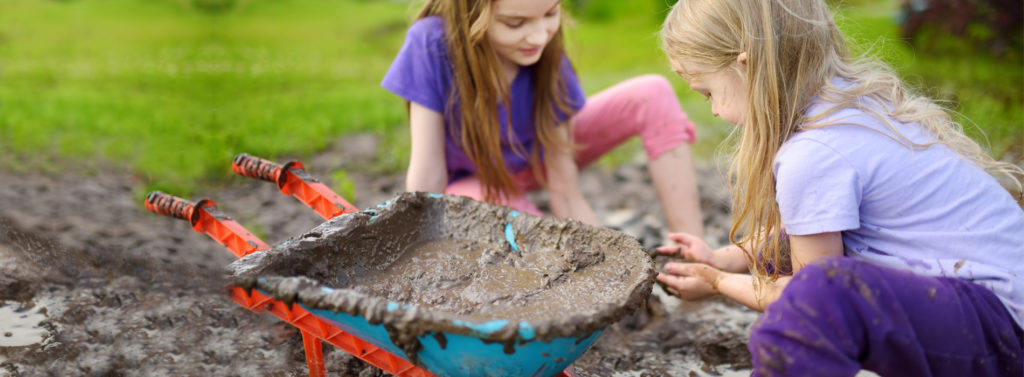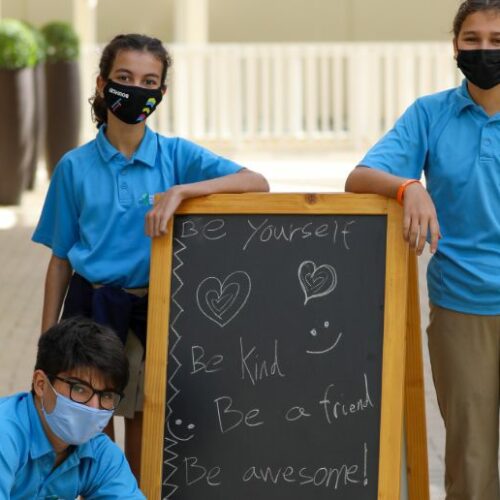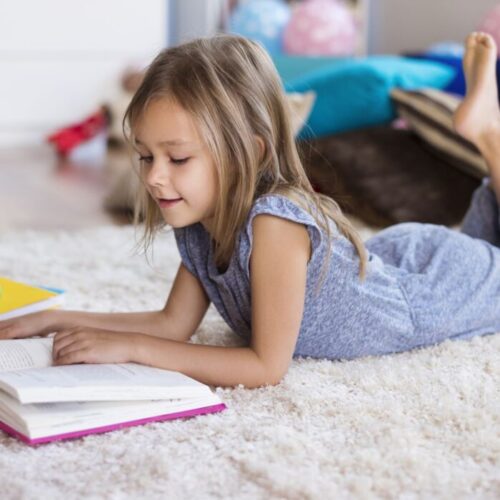The Benefits of Messy Play
Penny Newell Manager of Honey Bee Nursery explains why children should get their hands dirty during play time

When most parents hear the words “Messy Play” they cringe and a collage of muddy footprints, paint, glue fingerprints and glitter strewn sofas flashes through their minds. This is followed by the horror of the inevitable extra washing and work involved in the clean-up process.
While it may seem like one big mess, ever so often we need to think back to our childhood and fond memories. Some of my fondest memories are playing with my sister in the mud and baking cakes and cookies with my mother. Mess can be cleaned up but the memories last forever. When children engage in messy play, the materials provide satisfying sensory experiences that stimulate emotional connections and wonderful childhood memories. Messy play helps children to play in their own way, explore new textures and experiment. Children of all ages benefit from messy play and adults that allow themselves to play with their children find they have a great time too. Adults can support little ones by joining them and showing them that it is okay to get messy. While playing, you can encourage communication and use descriptive words to increase their vocabulary.
Not convinced? While children are engaged in messy play they are actively practicing the following skills:
- Problem solving
- Physical development
- Language
- Cognitive development
- Critical thinking
- Social interaction (obviously if playing with someone)
- Imagination
- Creativity
When arranging messy play materials, you need to keep in mind:
- The age of the child/children
- Children’s interests
- Diverse sensations in texture and temperature
- For babies, the best messy play is during meal times when they get to explore smell, taste, temperature and texture of various foods
- Dress your child in old clothes or aprons and show them you are excited that they are getting messy, without worrying about clothes being ruined.
Encourage your child to explore and experiment during messy play, there is no specific outcome to be achieved. There is no right or wrong way to carry out messy play, and sometimes the most fun happens when children are allowed to explore without being told how to play.
PLAYTIME IDEAS
- Ingredients: Messy play includes play with for example: paint, sand, mud, shaving foam, paint, slime, playdough, water play, clay, bubbles, gloop etc. The list is endless.
- Go outside: Now that the weather is amazing, head outdoors and do a nature walk or a walk on the beach, there are endless possibilities of sand and water play, shells, seaweed, driftwood etc.
- Make some gloop: Gloop is a mixture of 1 cup cold water and 2 cups corn flour, and is great to play with using hands, or introducing spoons, cups, scrapers and other utensils.
- Explore food cupboards: I think we are all guilty of impulsive purchase at the supermarket. Food offers a multi-sensory experience for smell, taste and texture. I am not talking about wasting lots of food, but for things you may never use (these can also be dry ingredients like leftover cereal, dry pasta etc), see how the children can squash, mash, crunch or manipulate. Even the extra spaghetti that no-one ate at dinner can be used for messy play.
- Shaving foam: sprayed on a surface, it has endless possibilities. You can play with it in many ways on a table top and draw pictures in it, in bowls and trays to scoop it etc. You can add sand, or ice for variety. You can add food colouring but it tends to stain hands, so paint works better.
- Recycle: Your child can spend hours playing with bottles and/or egg boxes. Keeping items like these, toilet-and kitchen roll-holders can provide a realistic ongoing play experience that is open ended.
In order to make sure your house doesn’t get trashed during messy play it is important to establish boundaries. Your child should know where he/she can go during messy play. You can also teach your children to clean up after themselves and this can be a part of the fun routine of messy play. I would recommend that you have a clean-up plan ready for when the children have finished playing (for example have towels and a basin of water handy if indoors). Finally, timing is everything, a good time for messy play is before bath time. “The wider the range of possibilities we offer children, the more intense is their motivation and the richer their experiences. Children need the freedom to appreciate the infinite resources of their hands, eyes and ears, the resources of forms, materials, sounds and colours.” Loris Malaguzzi, Founder of the Reggio Emelia approach












Comments